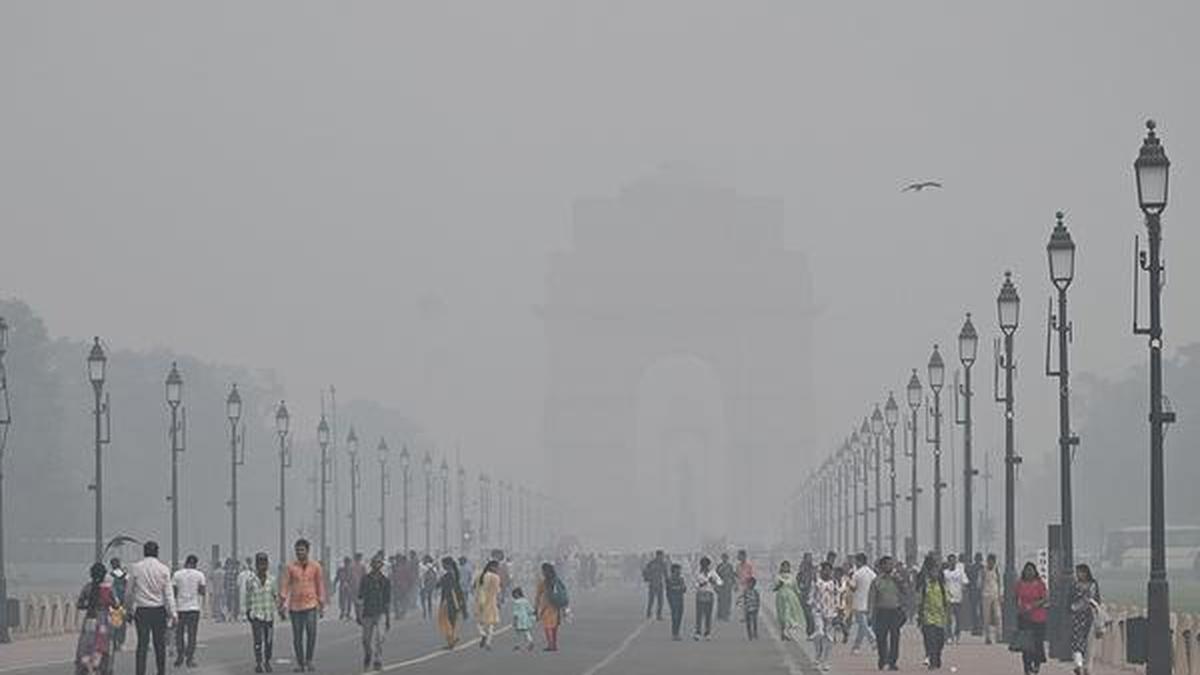
Supreme Court’s 40-year quest to clean Delhi’s toxic air and why it falls short Premium
The Hindu
For nearly four decades now, the top court has actively discussed the air pollution crisis plaguing the country’s capital — leading to the passage of some consequential reforms. Yet, significant challenges persist
As the air quality in the national capital plunged to the “severe plus” category, the Supreme Court earlier this week strongly reprimanded the Delhi government and the Commission for Air Quality Management (CAQM) — the Union government’s pollution monitoring agency — for delaying the enforcement of stringent curbs under Stage IV of the Graded Response Action Plan (GRAP).
Earlier this month, the court admonished the Delhi government for failing to restrict the use of firecrackers during the Diwali festivities. In October, it censured the governments of Punjab and Haryana, as well as the Centre, for imposing paltry penalties for stubble burning, a key contributor to the region’s pollution crisis.
These proceedings, however, seem to follow a disconcertingly familiar pattern. The judiciary’s focus on pollution intensifies with the onset of autumn, persists through winter, and wanes by February. Yet, Delhi’s air quality remains largely impervious to this cyclical judicial intervention.
“The air pollution crisis stems from decades of misguided planning and policy failures. It cannot be remedied solely through judicial orders issued during periods of acute pollution. Even with the noblest intentions, the judiciary’s power and capacity to address this systemic issue are inherently constrained, “ Ritwick Dutta, an environmental law expert and founder of the Legal Initiative for Forest and Environment, told The Hindu.
The Supreme Court has been grappling with Delhi’s air pollution crisis for nearly four decades. In 1984, environmentalist M.C. Mehta filed a series of public interest litigations (PIL) pleas addressing three critical issues: the escalating vehicular pollution in Delhi, the environmental deterioration of the Taj Mahal, and the pollution of the Ganga and Yamuna rivers.
Through these petitions, the court progressively took on a quasi-executive role in tackling the crisis, delivering landmark rulings that resulted in some of the most transformative anti-pollution reforms. The court’s engagement was anchored in its interpretation of Article 21 of the Constitution, which guarantees the right to life and, by extension, recognises the access to clean air as a fundamental right.
In 1996, the court ordered the relocation of polluting industries from residential areas to curb industrial emissions. In 1998, it directed all public transport vehicles operating on diesel to switch to compressed natural gas (CNG) by 2001. While the air quality initially improved following the directive, commuters and vehicle operators soon faced numerous practical challenges including acute CNG shortages, frequent cylinder explosions, and even vehicle fires.











